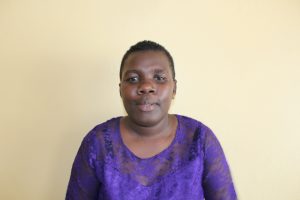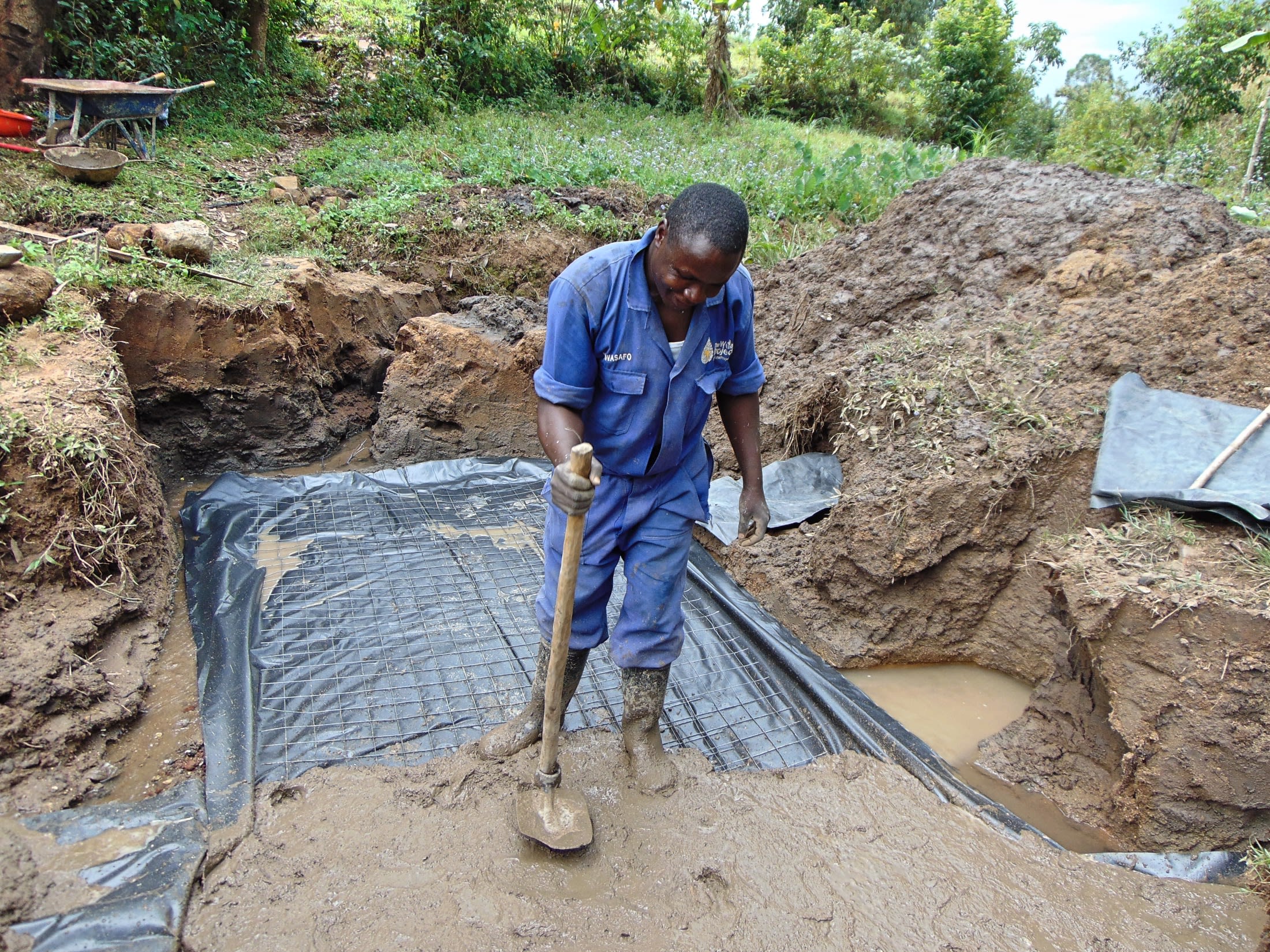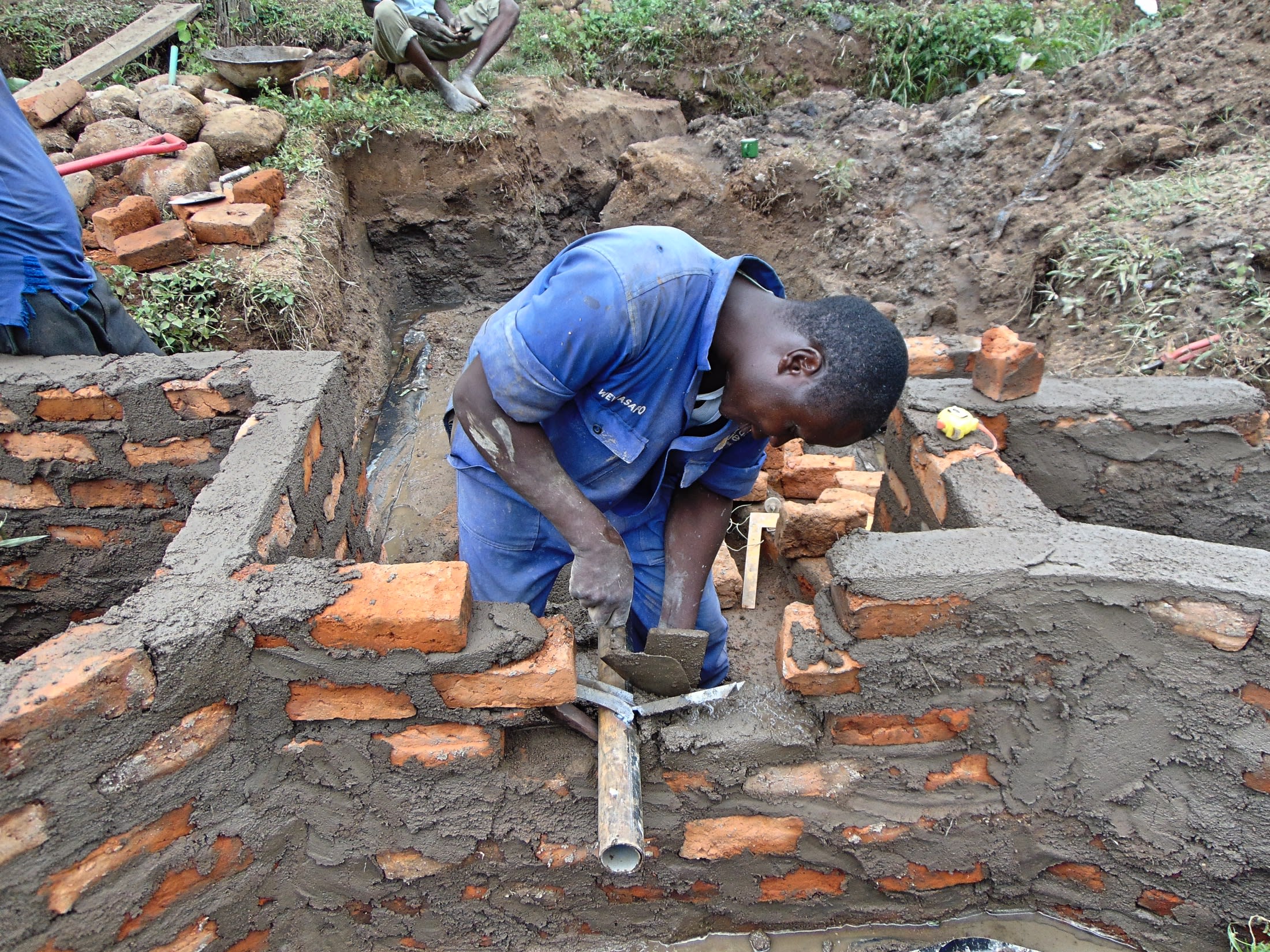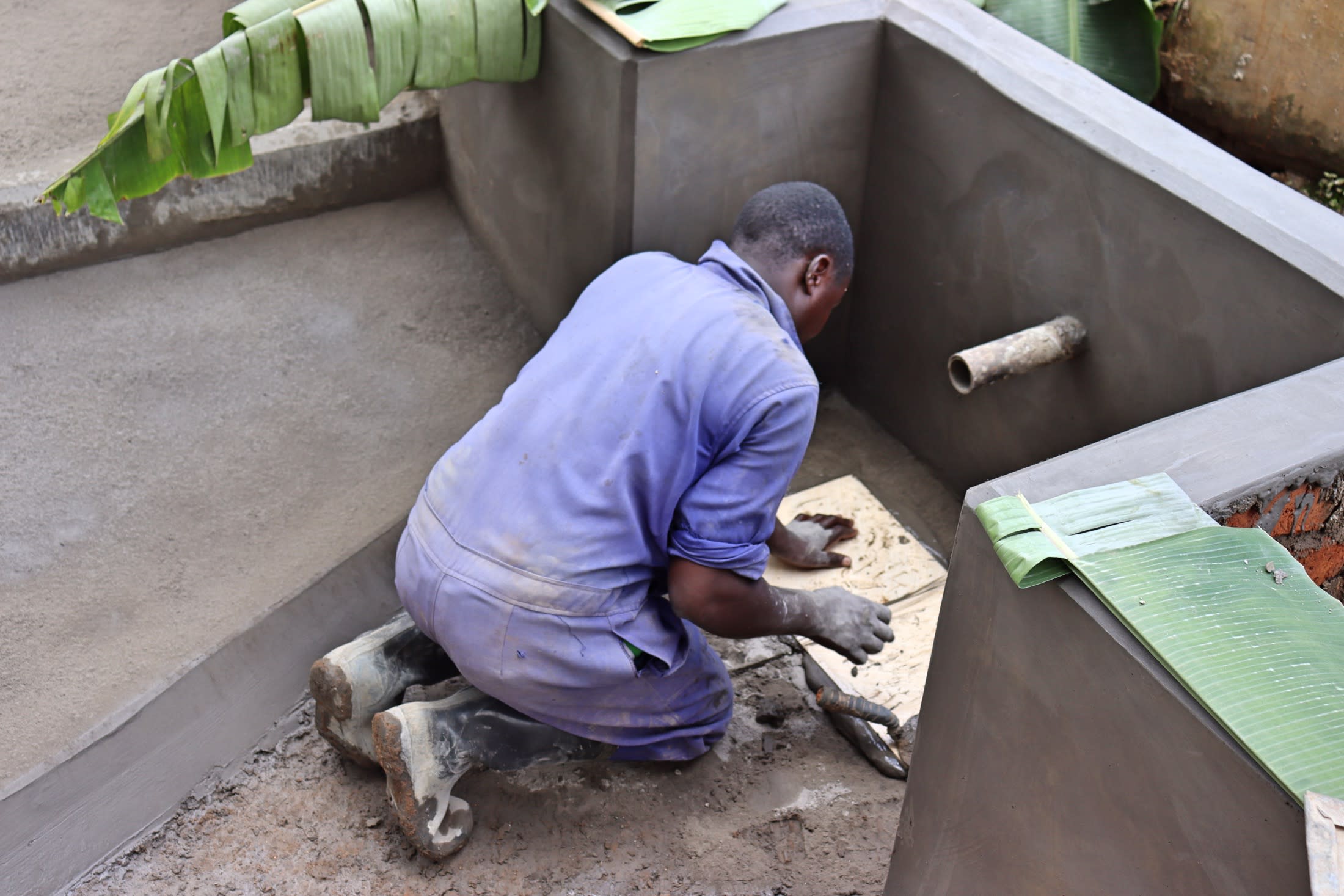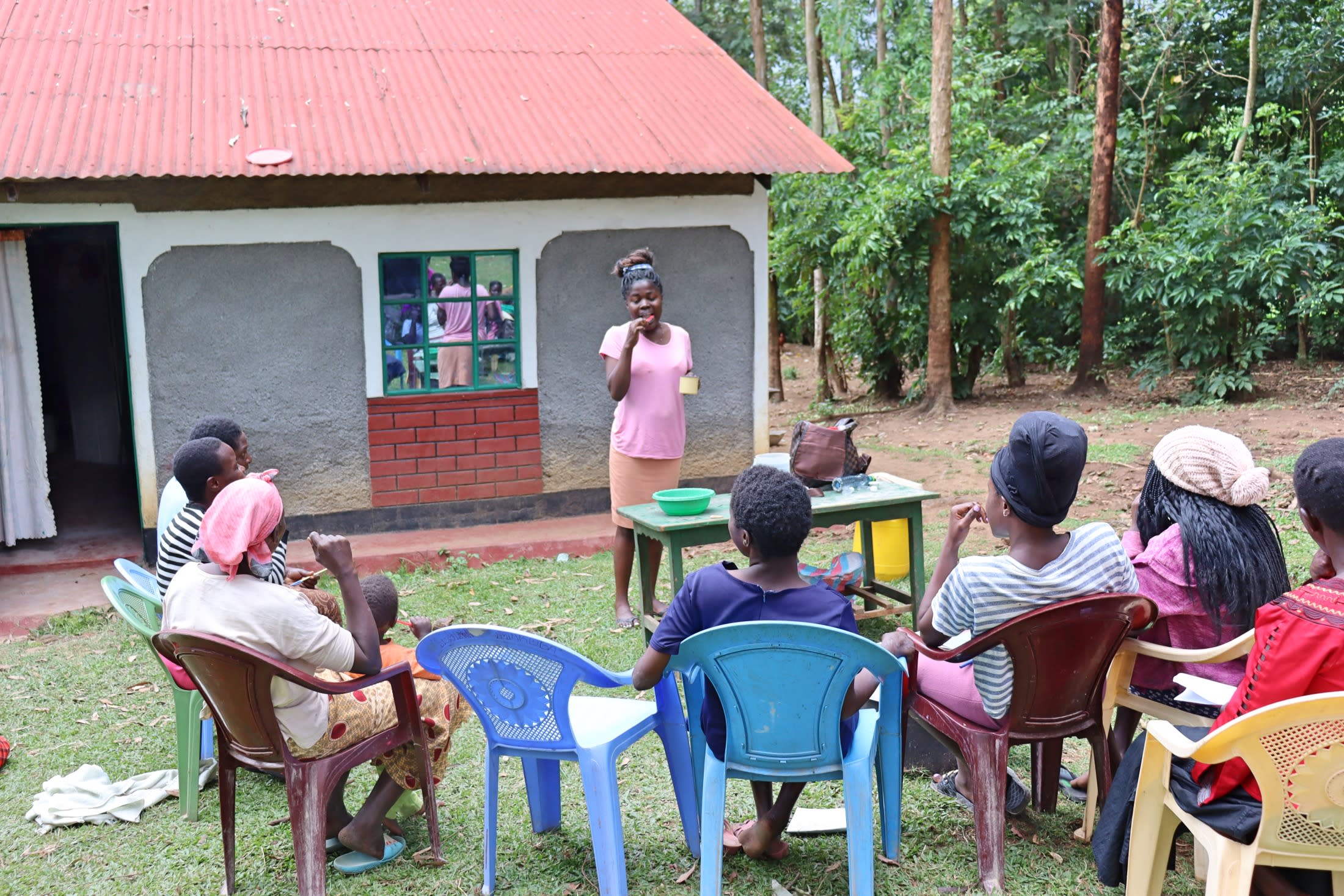The consequences of drinking contaminated water have kept the people of Elusolokho in poverty for decades. For this small but tight-knit community of 175 people, water is a daily struggle that takes up so much of their time and energy.
Nancy Keya, 39 (in the below photo), who grows vegetables and sells them at a local market, explained how water has been a problem the entire time she's lived in Elusolokho. "[I] have been married to this area now over ten years, and all these years, my experience with the water has not been easy. At [one] point, I was forced to stay home just to take care of my mother-in-law after [she drank] the water without treating [it]."
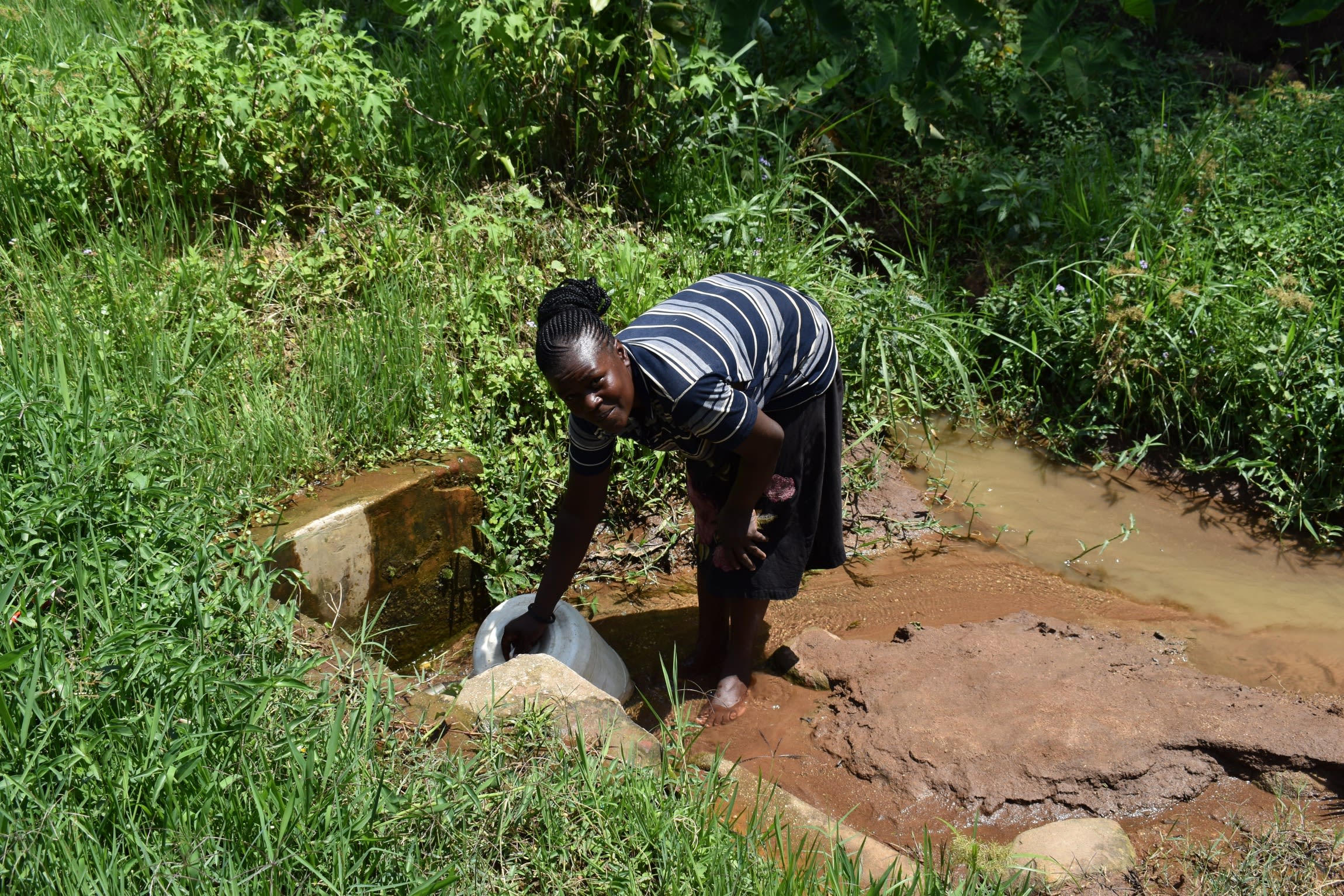
Looking at Makuba Spring, it doesn't seem so bad. There is a discharge pipe and the area is relatively flat and well-kept. But it lies at the base of a slope abutting extensive farmland, and when the spring discharge area was constructed, there was no proper drainage installed.
Drainage is necessary to carry surface water away from the better-filtered water that is carried to the eye of the spring. The lack of drainage means anything that seeps into the ground—excrement, fertilizer, garbage, and more—flows directly into the water coming from Makuba's pipe. Subsequently, the people here are often sick with stomachaches, diarrhea, and typhoid.
To combat this, Elusolokho's people come to collect water first thing in the morning, when they believe the water is cleaner and less likely to hurt them. But sadly, no matter how early they fill their jerrycans, water from the spring as it currently is will cause water-related disease.
"[I] am still in school and [for some time [I] have been coming to fetch water early in the morning before it gets too dirty," said 16-year-old Ann E (in the below photo). "This has not been easy because sometimes I get late [to] school and end up being punished, or even just miss school completely."
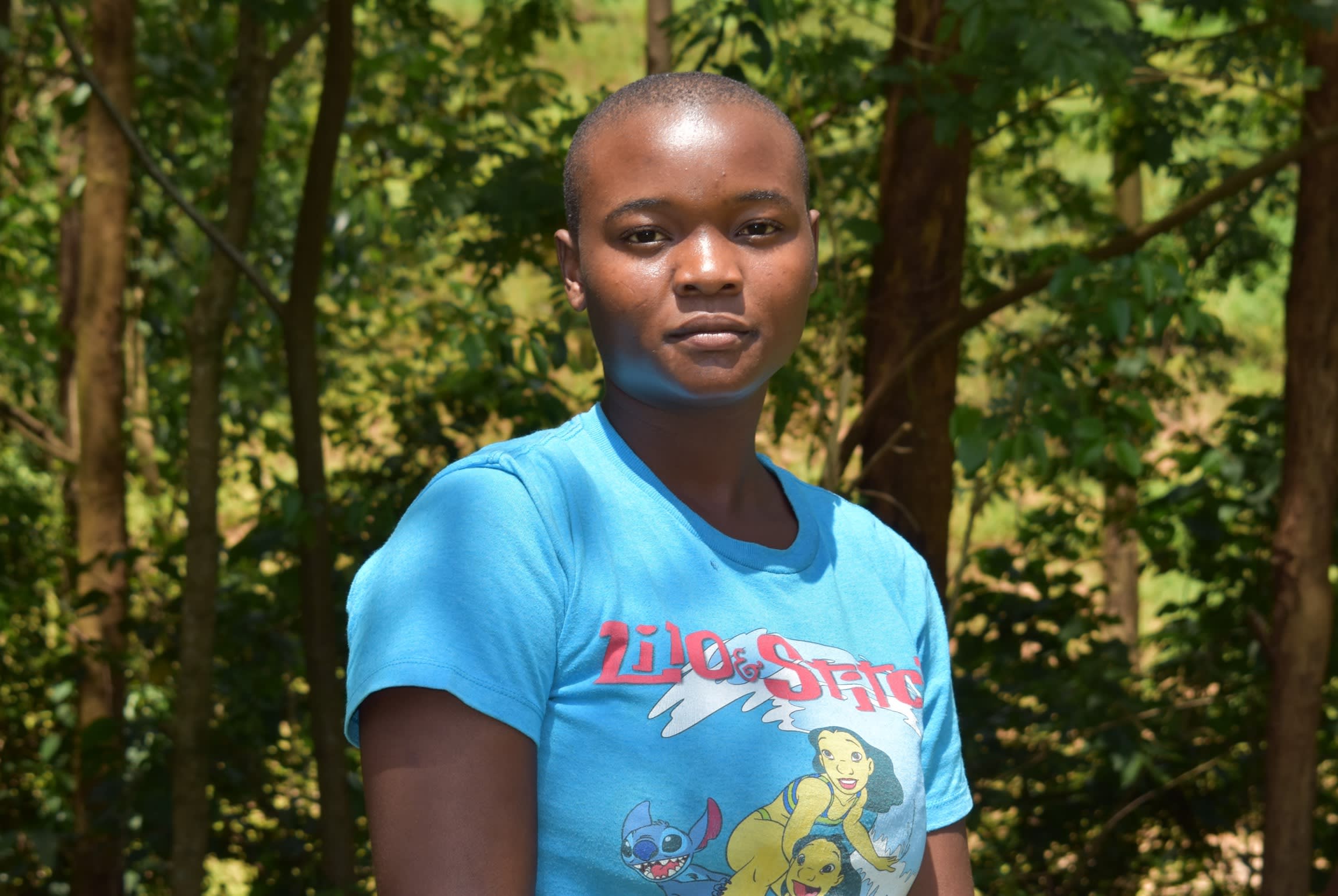
With a cleaner source of water, the people of Elusolokho will no longer have to miss school or work due to water-related illnesses. Instead, they will plan out their days without worrying about falling sick and have both time (and hopefully money!) to spare.
What We Can Do:
Spring Protection
Protecting the spring will help provide access to cleaner and safer water and reduce the time people have to spend to fetch it. Construction will keep surface runoff and other contaminants out of the water. With the community’s high involvement in the process, there should be a good sense of responsibility and ownership for the new clean water source.
Fetching water is a task predominantly carried out by women and young girls. Protecting the spring and offering training and support will, therefore, help empower the female members of the community by freeing up more of their time and energy to engage and invest in income-generating activities and their education.
Training on Health, Hygiene, COVID-19, and More
To hold trainings during the pandemic, we work closely with both community leaders and the local government to approve small groups to attend training. We ask community leaders to invite a select yet representative group of people to attend training who will then act as ambassadors to the rest of the community to share what they learn. We also communicate our expectations of physical distancing and wearing masks for all who choose to attend.
The training will focus on improved hygiene, health, and sanitation habits in this community. We will also have a dedicated session on COVID-19 symptoms, transmission routes, and prevention best practices.
With the community’s input, we will identify key leverage points where they can alter their practices at the personal, household, and community levels to affect change. This training will help to ensure participants have the knowledge they need about healthy practices and their importance to make the most of their water point as soon as water is flowing.
Our team of facilitators will use a variety of methods to train community members. Some of these methods include participatory hygiene and sanitation transformation, asset-based community development, group discussions, handouts, and demonstrations at the spring.
One of the most important issues we plan to cover is the handling, storage, and treatment of water. Having a clean water source will be extremely helpful, but it is useless if water gets contaminated by the time it is consumed. We and the community strongly believe that all of these components will work together to improve living standards here, which will help to unlock the potential for these community members to live better, healthier lives.
We will then conduct a small series of follow-up trainings before transitioning to our regularly scheduled support visits throughout the year.
Training will result in the formation of a water user committee, elected by their peers, that will oversee the operations and maintenance of the spring. The committee will enforce proper behavior around the spring and delegate tasks that will help preserve the site, such as building a fence and digging proper drainage channels. The fence will keep out destructive animals and unwanted waste, and the drainage will keep the area’s mosquito population at a minimum.

 Protected Spring
Protected Spring
 Rehabilitation Project
Rehabilitation Project










